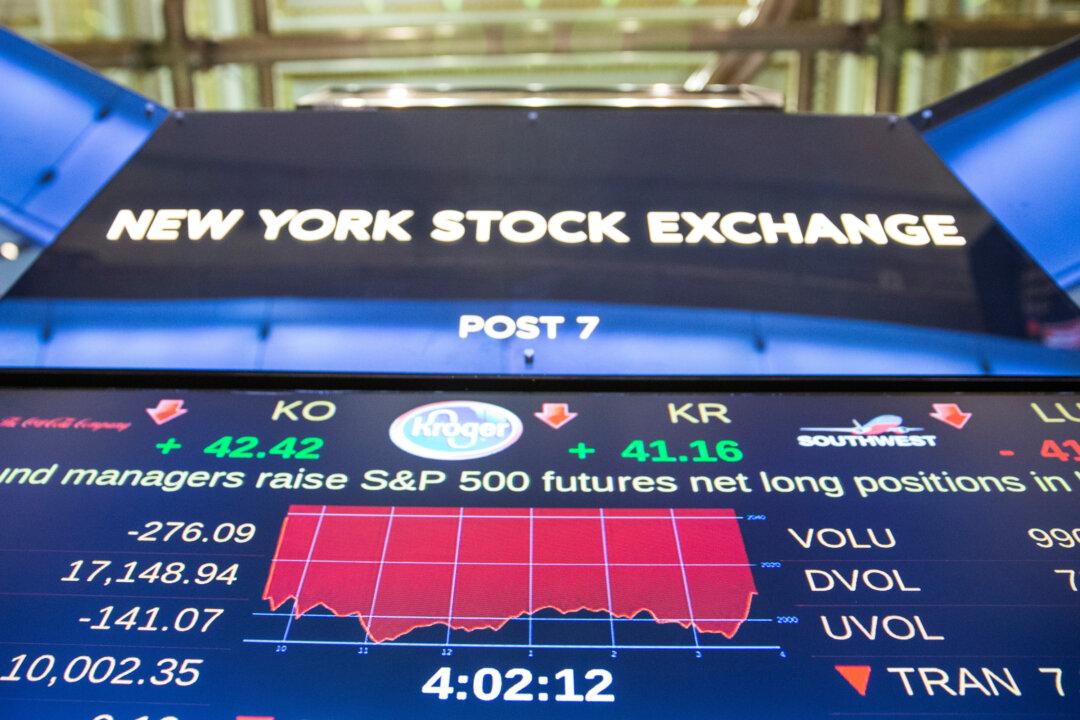Analysts expect a better year for stocks in 2016 than in 2015 with more compelling opportunities in Europe and Asia versus the U.S.
That may be hard to believe given the first few trading days of 2016. Risk factors like China’s uncertain economic transition and renewed geopolitical tensions raised their ugly heads. And the Fed is on a trajectory of raising rates.






